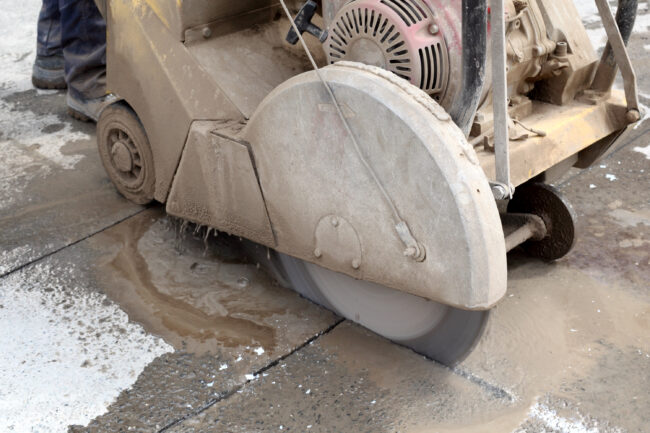Understanding the Equipment: A Primer on Concrete Cutting Tools
Concrete cutting is a vital aspect of construction and renovation projects, allowing precise modifications to existing structures. However, handling concrete cutting equipment requires skill, caution, and adherence to safety protocols to ensure efficient and accident-free operation. Check out Concrete cutters Auckland safety and more.
Before delving into the intricacies of handling concrete cutting equipment, it’s essential to familiarize oneself with the various tools used in the process. Concrete saws, including walk-behind saws, handheld saws, and wall saws, are commonly employed for different applications. Walk-behind saws are ideal for horizontal surfaces such as floors and roads, while handheld saws offer greater maneuverability for vertical cuts and smaller spaces. Wall saws, equipped with tracks for precise cutting, are utilized for creating openings in concrete walls and slabs. Diamond blades, featuring diamond-tipped edges for enhanced cutting efficiency and durability, are the preferred choice for concrete cutting tasks.

Safety should always be the foremost priority when handling concrete cutting equipment. Before commencing any cutting operation, it’s imperative to conduct a thorough inspection of the equipment to ensure it’s in proper working condition. Protective gear, including safety glasses, hearing protection, gloves, and respiratory masks, must be worn to safeguard against potential hazards such as flying debris and noise pollution. Additionally, operators should familiarize themselves with the specific safety guidelines provided by the equipment manufacturer and adhere to all operational instructions meticulously.
Furthermore, proper setup and stabilization of the work area are essential to prevent accidents and ensure the accuracy of cuts. Clearing the vicinity of obstructions, securing the workpiece, and implementing appropriate safety barriers are critical steps in creating a safe cutting environment. Regular maintenance of the equipment, including blade inspection and replacement, lubrication, and cleaning, is also necessary to uphold performance and longevity.
By mastering the art of handling concrete cutting equipment and prioritizing safety at every step, construction professionals can execute cutting tasks with precision, efficiency, and confidence, contributing to the success of their projects.
